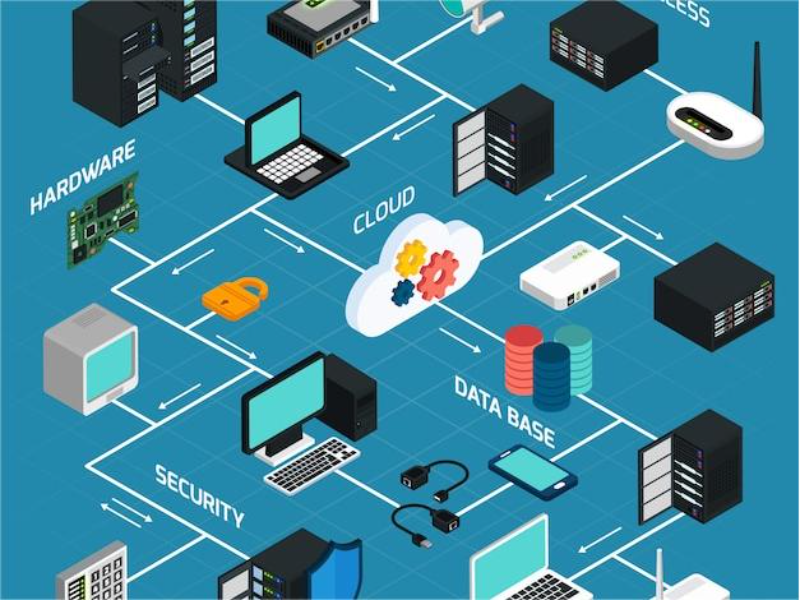- In networking, a protocol is a set of rules that dictates how data is transmitted and received, ensuring effective communication between devices.
- Key components of networking protocols include syntax, semantics, timing, and error handling, which collectively maintain data integrity and efficiency.
In networking a protocol is a set of rules and conventions that tells how data is sent received and processed over a network these protocols make sure different devices can communicate well no matter their underlying hardware or software understanding what protocol means in networking is essential for anyone working with technology because it supports the function of modern communication systems.
What Is a Networking Protocol
A networking protocol is a predefined standard that shows how data should be formatted sent and understood by network devices it covers different aspects like syntax semantics and communication synchronisation following these rules lets devices exchange information in a structured way to lower chances of errors or misunderstandings.
Also read: What are the main components of IT infrastructure?
Key Components of Networking Protocols
Networking protocols have several key parts that help with effective communication:
- Syntax
Syntax is about the format and structure of the data being sent including how bits and bytes are arranged it makes sure devices can understand the information they exchange properly.
- Semantics
Semantics deals with what the data means and the actions to take based on the received information it defines how devices interpret the information they get.
- Timing
Timing is about syncing data transmission like when data can be sent and how long devices should wait for a response good timing is needed to avoid data collisions and keep communication smooth.
- Error Handling
Error handling methods are important to find and fix errors that happen during data transmission good error handling helps keep data integrity and reliability.
Also read: Demystifying network protocols: rules for data communication

Importance of Networking Protocols
The importance of networking protocols is great:
- Interoperability
Interoperability means protocols let devices from different makers communicate effectively to make them work together across different networks this is vital in a world where different devices need to work smoothly together.
- Data Integrity
Data integrity means networking protocols make sure data is sent correctly to stop corruption and keep communication reliable this is more important in critical uses like banking and healthcare.
- Efficiency
Efficiency means protocols make data flow better to reduce congestion and improve overall network performance fast data transmission leads to quicker communication and better user experience.
- Security
Security means protocols include safety steps to protect data from unauthorised access and keep it private as cyber threats keep changing strong security protocols are needed to protect sensitive information.
In short a protocol in networking is a set of rules that manages how data is sent and received between devices these protocols are crucial to make sure communication is reliable secure and efficient in today’s connected world understanding what networking protocols mean helps us see the complexities of digital communication and the technologies that let seamless connectivity happen.

